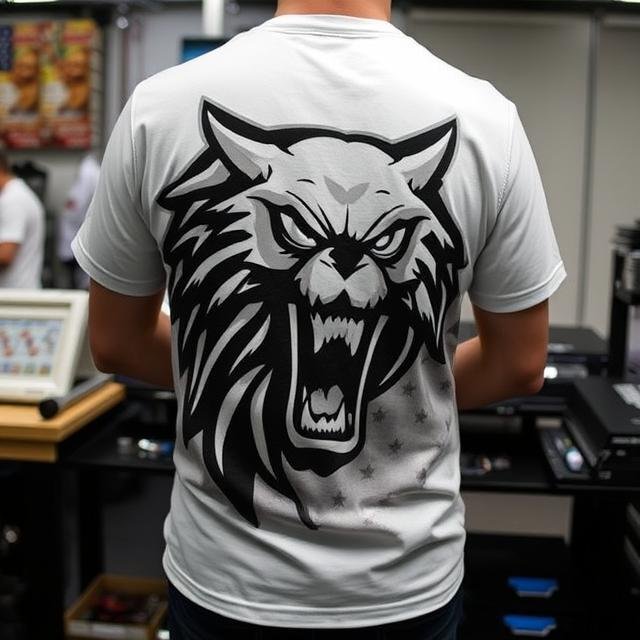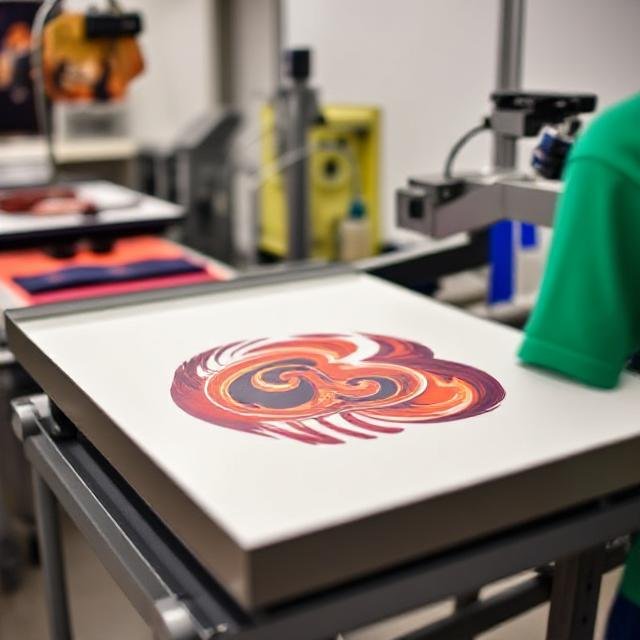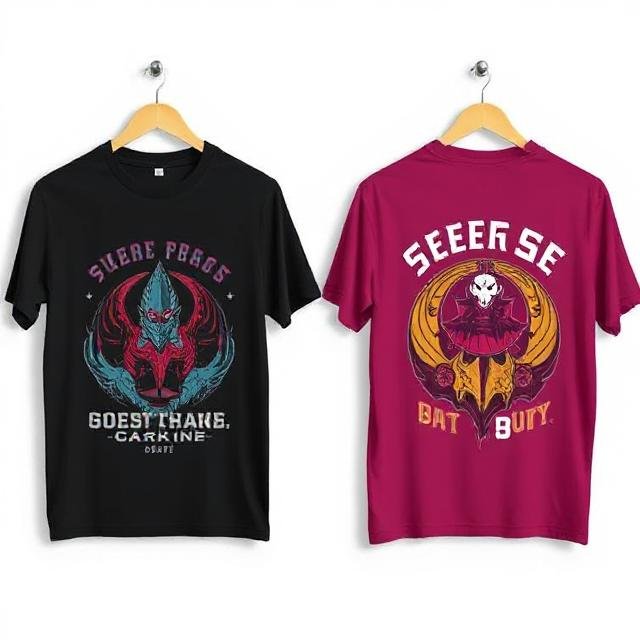Custom t-shirt printing has exploded in popularity in Singapore—from corporate uniforms and school events to startup merchandise and birthday parties. But when it comes to choosing the right printing method, most people find themselves stuck between three popular options: silkscreen, DTG, or heat transfer. If you’re wondering which one to use, this guide will break it down for you in the context of style, quantity, cost, and purpose.
Understanding the Basics of Custom T-Shirt Printing in Singapore
Before diving into comparisons, it’s important to know what each method involves. Silkscreen printing Singapore refers to the traditional method of pushing ink through a stencil (or “screen”) onto the fabric. It’s best known for producing vivid, durable prints that last even after repeated washing.
On the other hand, Direct-to-Garment (DTG) uses inkjet technology to print designs directly onto the t-shirt. It works similarly to your home printer but uses textile ink, offering sharp detail and vibrant colours, especially for complex, multicolour artwork.
Lastly, heat transfer Singapore involves printing a design on special transfer paper and then using heat and pressure to embed the design into the fabric. This method is often used for quick, short-run jobs or one-off prints.


Silkscreen vs DTG vs Heat Transfer Singapore: Which One to Choose?
Choosing between silkscreen vs DTG vs heat transfer Singapore boils down to your specific needs—quantity, fabric type, colour vibrancy, and budget.
If you’re printing in bulk, silkscreen printing Singapore is hands down the most cost-effective option. The upfront setup cost for screens can be high, but once it’s done, printing multiple shirts becomes incredibly affordable. This makes it ideal for school camps, corporate events, or branded merchandise where you’re ordering 30, 50 or even 100+ shirts.
However, silkscreen printing Singapore does come with some limitations. Because each colour requires its own screen, the cost rises with multicolour designs. It’s perfect for logos or designs with fewer colours but less ideal for photo-realistic prints.
This is where DTG shines. If your design is complex, colourful, or photographic, DTG printing gives you the flexibility to print virtually anything. It’s perfect for fashion brands, influencers or artists selling made-to-order designs with no minimum order. That said, DTG works best on 100% cotton shirts, and it may not be as cost-effective for large orders due to the slower print time per piece.
Then there’s heat transfer Singapore, which sits somewhere in the middle. It’s fast, versatile, and low-cost for small runs. If you’re printing custom names and numbers for a sports team or doing a one-off birthday t-shirt, this is often the fastest and cheapest option. While newer heat transfer technology has improved in durability, it still doesn’t match the long-lasting quality of silkscreen printing Singapore for everyday wear.
Real-World Scenarios for Singaporean Customers
Let’s say you run a bubble tea shop in Tampines and want to outfit your 10 staff members in branded tees. The logo is simple with two colours—silkscreen printing Singapore is your best bet. It’s durable, affordable and ideal for daily workwear.
Now imagine you’re a content creator launching a capsule collection with intricate digital art. You’re only printing five shirts to test the waters. Here, DTG printing is perfect—it captures every colour and gradient of your art and doesn’t require a large volume.
Finally, picture a parent organising a birthday party with a special design featuring their child’s name. Heat transfer Singapore would be the best option—it’s fast, customisable, and budget-friendly for a one-time use.

Choosing the Right Printing Method Matters
In the silkscreen vs DTG vs heat transfer Singapore debate, the right choice depends entirely on your specific project. Each method has its own advantages and ideal use cases. For high-volume orders and simple designs, silkscreen printing Singapore delivers unbeatable value. For custom, intricate artwork and smaller batches, DTG is your creative playground. And when time and flexibility are key, heat transfer Singapore gives you fast results without compromising on quality.
So before you place your next custom t-shirt order, think about your priorities—design complexity, quantity, material, and durability. A trusted local print partner can guide you further, but understanding the differences between silkscreen vs DTG vs heat transfer Singapore will ensure you get the best print, at the right price, for your unique project.









